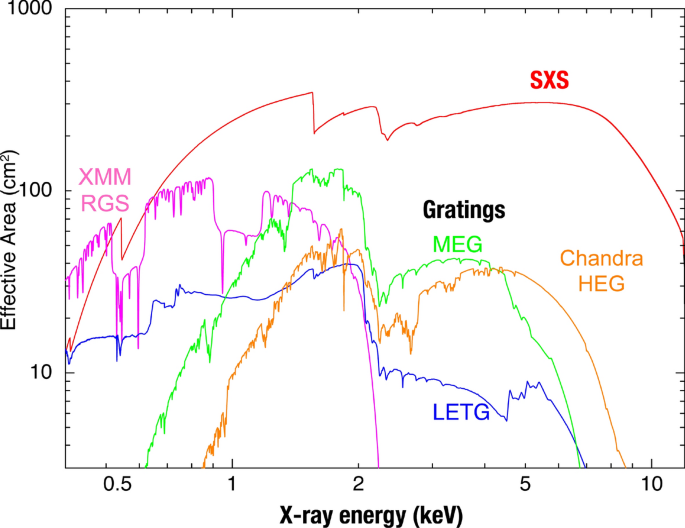Netherland’s 50 Years of Astronomical X-rays: The Netherlands has had a remarkable journey in the field of X-ray spectroscopy over the past 50 years. Through the pioneering efforts of Dutch scientists, the country has become one of the world leaders in astronomical research and exploration of the universe.
This blog post will delve into the history and accomplishments of the Netherlands’ 50-year journey in X-ray spectroscopy, highlighting some of the most important milestones along the way. Join us as we explore the fascinating history of Dutch X-ray spectroscopy and celebrate the Netherlands’ incredible achievements.
Netherland’s 50 Years of Astronomical X-ray
Since 1970, Dutch astronomers have been pioneering the exploration of the X-ray sky. We’ll explore the history of Dutch astronomical X-ray research, the instruments they’ve created, and the fascinating results they’ve discovered. Finally, we’ll consider the future of X-ray spectroscopy in the Netherlands and beyond. So let’s begin our journey into Netherlands’ amazing 50-year journey in X-ray spectroscopy!
The First 25 Years ( Netherland’s 50 Years of Astronomical X-ray
The Netherlands has a long and fascinating history in the field of X-ray spectroscopy. For the past 50 years, Dutch astronomers have been pushing the boundaries of this powerful tool for studying the universe. This section of the blog post looks at the first 25 years of this journey.
- In 1967, Dutch astronomer Leiden Verheul took the first X-ray images of the night sky using an instrument called a ‘scanning spark chamber.
- In 1970, Leiden astronomer Hendrik van der Heiden continued the research by inventing a new type of telescope called a grazing-incidence telescope. This was the first time that X-ray images were produced with a large field of view. This breakthrough enabled detailed studies of many astronomical objects, such as supernova remnants and galactic nuclei.
- The following year, in 1971, Dutch astronomer Jan van Paradijs began working on a revolutionary new method of measuring X-rays from space using the Energetic Gamma Ray Experiment Telescope (EGRET). His work allowed for accurate measurements of X-ray emissions from cosmic sources. This development greatly advanced our understanding of the universe and its contents.
- In 1975, Dutch astronomers Jan van Paradijs and Hendrik van der Heiden developed a method to study X-ray spectra in more detail. This was a significant step forward in the field of X-ray spectroscopy.
By the end of the first 25 years of the Netherlands’ involvement in X-ray spectroscopy, Dutch astronomers had laid the foundations for a bright future in this exciting field. We can only imagine what amazing discoveries await us in the next 25 years!
The Second 25 Years
As the Netherlands entered its second 25 years of astronomical X-ray spectroscopy, the field continued to make great strides in understanding the composition of the Universe. During this time, the Netherlands collaborated with many countries and institutions to expand their research and knowledge.
- In 1996, the Netherlands was part of the first group of countries to join the European Space Agency’s XMM-Newton mission. The Netherlands also played a major role in the Chandra X-Ray Observatory mission, which launched in 1999.
- In 2000, the Netherlands was part of a team of scientists from around the world who discovered evidence for a hot intergalactic medium in the center of a distant galaxy cluster.
- In addition to its work on space missions, the Netherlands has been active in ground-based research on X-ray spectroscopy.
The Future
The last 50 years of astronomical X-ray spectroscopy in the Netherlands have been nothing short of extraordinary. There are many exciting possibilities that lie ahead for Netherlands’ X-ray spectroscopy research. These powerful instruments will allow astronomers to discover new phenomena and gain valuable insights into the universe.
So, it’s clear that X-ray spectroscopy will continue to be a crucial tool for understanding the universe for many years to come. Furthermore, we look forward to witnessing these amazing achievements!
